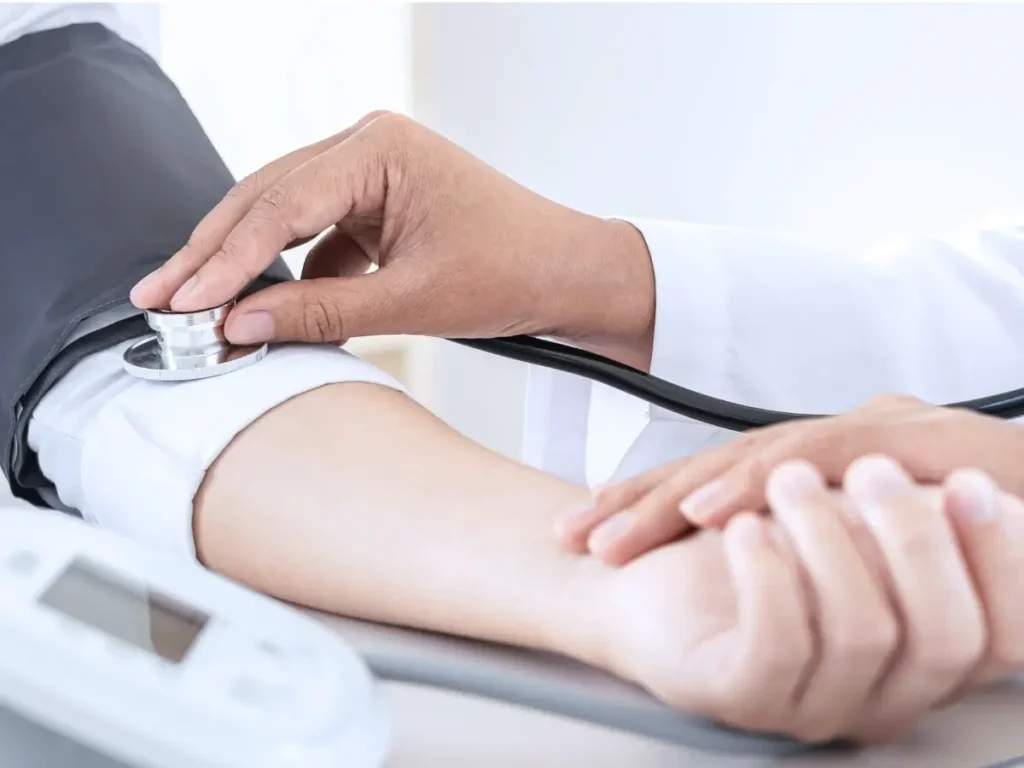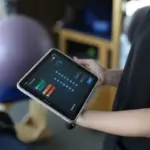The complications of spinal cord injury (SCI) extend far beyond the more obvious loss of physical functions – motor, sensory and autonomic. There are many physical, psychological and socioeconomic complications. Chronic complications are a frequent cause of morbidity and mortality and result in frequent hospitalizations. Here, we explore and explain the most commonly seen complications in chronic spinal cord injury patients.
Complications of Spinal Cord Injury
Respiratory
Respiratory complications are the most frequent cause of morbidity and mortality in both acute and chronic SCI patients. The risk of respiratory complication is directly related with the level of injury and its severity. Data shows that a large majority of patients with severe traumatic injuries at cervical levels suffer from respiratory complications. This is because cervical level injuries commonly result in phrenic nerve motor neuron injury. The complications specifically include acute respiratory failure, respiratory insufficiency and recurrent upper and lower respiratory tract infections.
Cardiovascular Complications
Patients who have injuries involving the cervical and upper thoracic spinal cord are at significantly higher risk of cardiovascular complications. This is due to the loss or disruption of sympathetic and parasympathetic pathways. Cardiovascular complications include but are not limited to:
- Orthostatic Hypotension, which affects the majority of patients with upper thoracic and cervical injuries. Loss or disruption of descending autonomic neural pathways results in impaired vasoconstriction. The result is the pooling of blood into lower limbs while standing or changing position. This leads to a significant drop in blood pressure levels.
- Autonomic dysreflexia, which results in an often violent response to any painful stimuli or distress below the level of injury. It results in severe spastic attacks, severe fluctuations in blood pressure levels and breathing difficulty. Medical emergency treatment is often required and the condition is potentially fatal.

Urinary Tract Infections and Bladder Complications
Bladder function is mostly controlled by 3 major areas in our central nervous system - the cerebral cortex, the micturition center in the brain stem cells, and the micturition center in the sacral spinal cord. Any disruption between the micturition centers results in neurogenic bladder function. This significantly affects the contractile mobility of the bladder detrusor and ultimately leads to frequent urinary tract infections, increased risk of cystitis, internal and external urethral sphincter impairments.
Neurogenic Bowel and Gastrointestinal Complications
Neurogenic bowel is a major problem which a vast majority of the patients go through, causing physical and psychological distress. Similarly to the bladder function, the impaired autonomic nerve supply to the sacral spinal cord results in an inability to control the bowel function. This results in impaired functions of internal and external anal sphincters as well as significantly impaired GI mobility. This impairment leads to chronic constipations, increased risk of bowel obstructions and faecal impaction.
Spasticity
After a severe spinal cord trauma, the spinal cord goes into a state called “spinal shock”. This results in impairment of almost all of the spinal cord functions and may last from several hours to several days or weeks. Once patients recover from spinal shock the intact spinal pathways start to “fire” again leading to abnormal muscle contractions (spasms) and/or persistent spasticity. Although spasticity is an encouraging sign of recovery, it may lead to several musculoskeletal complications such as joint contractures. Very strong spasms can even result in fractures.
Bone Health
The long-term disability resulting from chronic spinal cord injury can result in impaired muscle function, osteopenia and osteoporosis. Muscle function plays an important role in maintaining bone health, which is why patients develop bone related conditions. The impairment of muscle function also leads to a limited ability to perform body support training to rebuild muscle. SCI also impairs the regulation of hormones, such as testosterone and growth hormone, which negatively impacts both muscles and bone development.
How Does Epidural Stimulation Help To Reduce The Complications Of Spinal Cord Injury?
We have seen that the long term use of epidural spinal cord stimulation has been associated with a significant reduction in many complications. There are a number of reasons for this.
Firstly, cervical spinal cord stimulation results in neuromodulation of phrenic nerve motor neurons. This improves the function of diaphragm muscles and results in improved respirator function and cough reflex. Cervical as well as lumbar spinal cord stimulations enhance the functions of spared autonomic neural pathways. This results in an improvement in autonomic functions. Consequently, patients experience improved regulation of blood pressure levels and ultimately the risk or severity of autonomic dysreflexia is decreased. A spinal stimulator implanted at the lumbar level delivers neuromodulation to the sacral spinal cord and improves bowel and bladder functions. Long-term, this reduces the risks and severity of bowel and bladder complications. Epidural stimulation regulates the upper motor neuron pathways, which can treat or reduce levels of spasticity. Finally, improved muscle function, improved cardiovascular functions and blood circulation, and improved ability to do body weight training all result in reducing the risk of osteopenia or osteoporosis as well as improvements in bone density.
Firstly, cervical spinal cord stimulation results in neuromodulation of phrenic nerve motor neurons. This improves the function of diaphragm muscles and results in improved respirator function and cough reflex. Cervical as well as lumbar spinal cord stimulations enhance the functions of spared autonomic neural pathways. This results in an improvement in autonomic functions. Consequently, patients experience improved regulation of blood pressure levels and ultimately the risk or severity of autonomic dysreflexia is decreased. A spinal stimulator implanted at the lumbar level delivers neuromodulation to the sacral spinal cord and improves bowel and bladder functions. Long-term, this reduces the risks and severity of bowel and bladder complications. Epidural stimulation regulates the upper motor neuron pathways, which can treat or reduce levels of spasticity. Finally, improved muscle function, improved cardiovascular functions and blood circulation, and improved ability to do body weight training all result in reducing the risk of osteopenia or osteoporosis as well as improvements in bone density.
References
- Sezer, N, Akkuş, S, & Uğurlu, F. G. Chronic complications of spinal cord injury, World Journal of Orthopedics 2015;6(1):24–33.
- Stepp EL, Brown R, Tun CG, Gagnon DR, Jain NB, Garshick E. Determinants of lung volumes in chronic spinal cord injury, Arch Phys Med Rehabil 2008;89:1499–1506.
- Zimmer MB, Nantwi K, Goshgarian HG. Effect of spinal cord injury on the respiratory system: basic research and current clinical treatment options, J Spinal Cord Med 2007;30:319–330.
- McKinley WO, Jackson AB, Cardenas DD, DeVivo MJ. Long-term medical complications after traumatic spinal cord injury: a regional model systems analysis, Arch Phys Med Rehabil 1999;80:1402–1410.
- Myers J, Lee M, Kiratli J. Cardiovascular disease in spinal cord injury: an overview of prevalence, risk, evaluation, and management, Am J Phys Med Rehabil 2007;86:142–152.
- Short DJ, Stradling JR, Williams SJ. Prevalence of sleep apnoea in patients over 40 years of age with spinal cord lesions, J Neurol Neurosurg Psychiatry 1992;55:1032–1036.
- Chen D, Apple DF, Hudson LM, Bode R. Medical complications during acute rehabilitation following spinal cord injury--current experience of the Model Systems, Arch Phys Med Rehabil 1999;80:1397–1401.
- DeVivo MJ, Krause JS, Lammertse DP. Recent trends in mortality and causes of death among persons with spinal cord injury, Arch Phys Med Rehabil 1999;80:1411–1419.
- Hagen EM, Rekand T, Grønning M, Færestrand S. Cardiovascular complications of spinal cord injury, Tidsskr Nor Laegeforen 2012;132:1115–1120.






